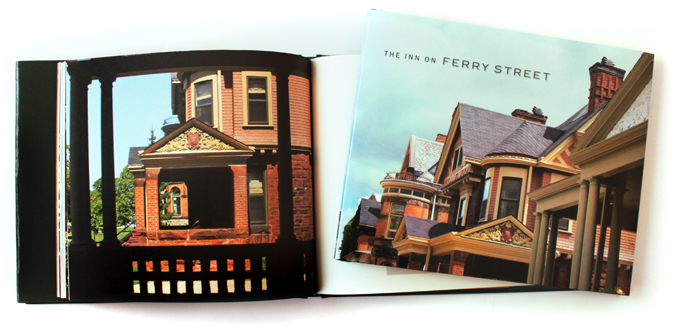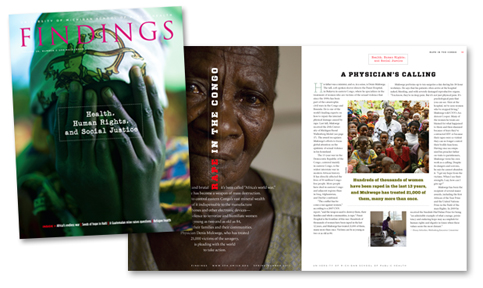 I suppose I inherited my father's love of aircraft; a favorite topic of his was his boyhood fascination with the Ford Trimotor, and its role in the expedition of Richard Byrd to the South Pole in 1929. My initial exposure to modern jet aircraft of the post-World War II era was through the many plastic scale models my brother Tom built in the late 1950s and early 1960s.
I suppose I inherited my father's love of aircraft; a favorite topic of his was his boyhood fascination with the Ford Trimotor, and its role in the expedition of Richard Byrd to the South Pole in 1929. My initial exposure to modern jet aircraft of the post-World War II era was through the many plastic scale models my brother Tom built in the late 1950s and early 1960s.
I was enamored with the model airplanes in part because they represented the up-to-date strength of the U.S. military, which had dispatched our foes in WWII and then Korea just a few years earlier; I was hardly the only American boy who was enthralled with the stories of the war, and many of the fathers of my friends had served in the armed forces during the conflict.
That doesn't explain the totality of my love for the plastic planes as well as the real items, though: I simply loved the way they looked. Their sculptural form, their metallic sheathing (even if simulated in plastic), the rivets and other construction elements, their identification markings, the way they looked taking off and landing—all of it was visual catnip to me. It still is, and I've attended a number of air shows over the last decade at the Yankee Air Museum at Willow Run Airport in Ypsilanti, and also at Selfridge AF base. While the Thunderbirds, Blue Angels, C-130s, B-17s, B-2s, B-1Bs and B-117s that have done flybys or extended demonstrations have been awe-inspiring, capturing compelling images of those craft in the air has always been a frustrating and fruitless task; if anything, it's detracted from the enjoyment of simply watching them.
For me, the real photographic joy begins with the static displays on the tarmac of the visiting craft, and with the historic craft on permanent display at the Yankee Air Museum. I have near total control over composition, and am free to focus on the whole form, abstract views, or small details; the only drawback is having to wait for other spectators to clear the field of view.
Over the last several years I've taken hundreds of shots of all manner of aircraft, from pre-WWII piston engine biplanes to Korean War-era MIGs to the V-22 Osprey tilt-rotor. The photos above were taken at two different events at Willow Run. As I get time, I'll be posting more images in the photography section.
And yes, the image of the mannequin in the cockpit is creepy.
 Saturday, January 28, 2012 at 04:29PM
Saturday, January 28, 2012 at 04:29PM  In early 2011 my good friend and design colleague Mike Savitski at Savitski Design made me an offer that I didn't want to refuse: take my camera down to a block of wonderfully restored Victorian-era mansions on Ferry Street in downtown Detroit and take as many interior and exterior photos as I could. They would be used in a book he was in the process of designing for the owners of the buildings, which are collectively known as the Inn on Ferry Street.
In early 2011 my good friend and design colleague Mike Savitski at Savitski Design made me an offer that I didn't want to refuse: take my camera down to a block of wonderfully restored Victorian-era mansions on Ferry Street in downtown Detroit and take as many interior and exterior photos as I could. They would be used in a book he was in the process of designing for the owners of the buildings, which are collectively known as the Inn on Ferry Street.




